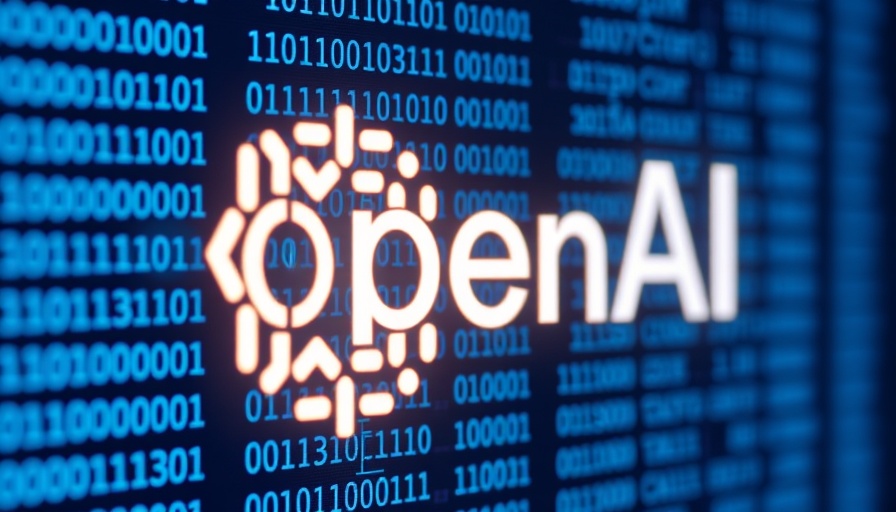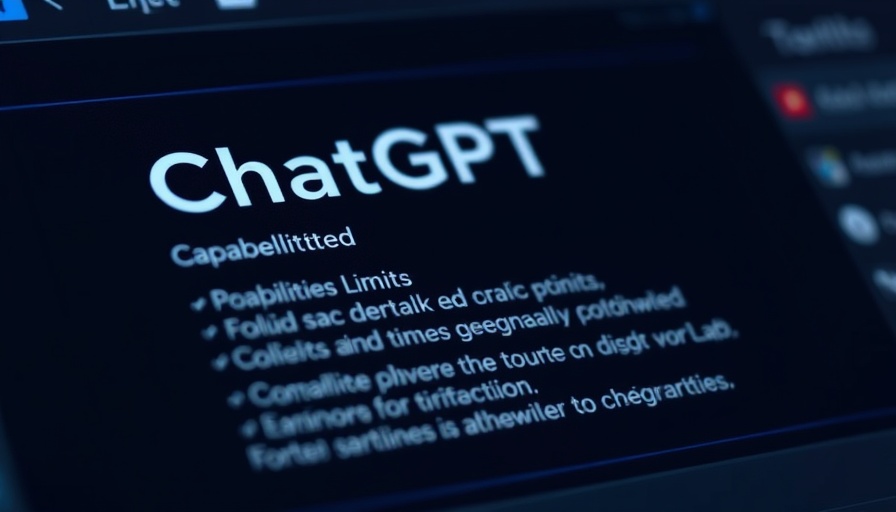
OpenAI Takes a Bold Leap with o1-pro: The Future of AI?
In an ambitious move, OpenAI has launched its latest AI model, the o1-pro, pushing boundaries with an eye-popping price tag. As AI enthusiasts eagerly dive into the technical specifications, it is crucial to unravel the implications of this powerful tool. Since its unveiling in March 2025, the o1-pro model has stirred up discussions due to its significant costs and its potential impact on how developers use AI technology.
Understanding the Cost of Innovation
OpenAI positions the o1-pro as a heightened version of its predecessor, o1, utilizing more computing power to deliver what it describes as “consistently better responses.” However, this enhanced performance comes at a steep price – $150 per million tokens input and $600 for generated tokens. These costs represent a stark increase, being twice as much for input and ten times the price for the basic o1 model. This raises a fundamental question: Is the price justifiable for the promised improvements?
A Look at Early Impressions
Despite OpenAI's optimistic outlook for o1-pro, early feedback has not been overwhelmingly positive. Some users reported challenges with tasks like solving Sudoku puzzles and recognizing optical illusions, casting doubt on the model’s swiftness and adaptability. Notably, the internal benchmarks yield mixed results, revealing that while o1-pro might outperform standard o1 in reliability, its improvements in coding and mathematical capabilities are marginal at best. Are these early encounters indicative of deeper issues within the model's design?
The Broader Context: What's at Stake?
This situation raises critical implications regarding the development and deployment of advanced AI systems. For developers increasingly reliant on AI for complex tasks and projects, understanding performance trade-offs becomes vital. While OpenAI hopes the o1-pro will attract a select group of early adopters, it's necessary to consider whether such high costs could limit access to this cutting-edge technology, potentially stifling innovation.
Anticipating Future Trends in AI
The introduction of the o1-pro may signal a pivotal moment in AI innovation. As prices escalate in the pursuit of advanced capabilities, there is a risk that only large organizations with substantial budgets can access such tools, exacerbating divisions in the tech landscape. How can smaller developers and startups leverage existing technologies without being priced out, and what strategies might they employ to remain competitive?
Conclusion: A New Paradigm for AI Development
As advancements continue to propel the AI field forward, tools like OpenAI’s o1-pro illustrate the growing complexity of balancing innovation, accessibility, and cost. Enthusiasts and developers alike must navigate this intricate landscape with keen awareness of evolving trends, costs, and their own needs. As you consider negotiating your place in the future of AI, stay informed, remain curious, and be prepared to adapt.
 Add Row
Add Row  Add
Add 




 Add Row
Add Row  Add
Add 

Write A Comment